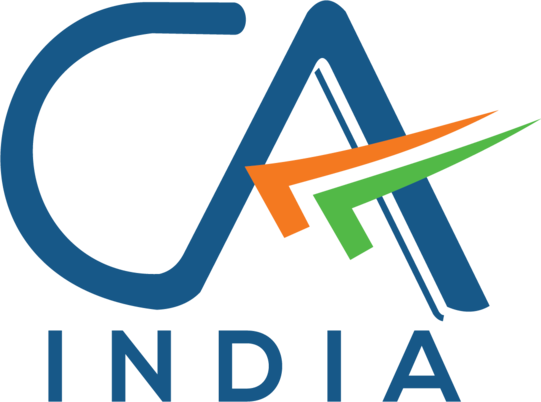Cash is king. But do you know how to manage it? This simple guide reveals the secrets to manage working capital for entrepreneurs.
For entrepreneurs, especially those without a finance background, understanding working capital management is crucial for running a healthy business. Working capital management ensures your business has enough cash flow to meet daily expenses, pay bills on time, and invest in growth without running into financial trouble.
Here’s a straightforward explanation to help you navigate through your working capital management.
What is Working Capital?
Working capital is the money a business uses to cover its short-term operations. It is calculated as:
Working Capital = Current Assets – Current Liabilities
Current Assets include cash, accounts receivable (money owed by customers), and inventory.
Current Liabilities include bills to pay, short-term loans, and money owed to suppliers.
For example, if your business has ₹10,00,000 in current assets and ₹7,00,000 in current liabilities, your working capital is ₹3,00,000. This means you have ₹3,00,000 available to run daily operations smoothly.
Why is Working Capital Important?
Positive working capital means your business can pay its bills and invest in opportunities. Negative working capital means you owe more than you own in the short term, which can lead to financial stress, delayed payments, and even business failure.
Components of Working Capital Management
Working capital management involves managing four key areas:
Cash Management: Keeping enough cash to pay immediate expenses without holding too much idle cash.
Accounts Receivable: Ensuring customers pay you on time.
Inventory Management: Keeping the right amount of stock — not too much to tie up cash, and not too little to lose sales.
Accounts Payable: Managing payments to suppliers to optimize cash flow without harming relationships.
Practical Examples for Entrepreneurs
Cash Management: Suppose you run a small manufacturing unit. You forecast that you need ₹2,00,000 monthly to pay salaries, rent, and utilities. You keep a cash reserve slightly above that to avoid surprises. You also plan when to collect payments and when to pay bills to maintain smooth cash flow.
Accounts Receivable: If you sell goods on credit, you set clear payment terms (e.g., payment within 30 days). You might offer a 2% discount for early payments to encourage customers to pay faster, improving your cash flow.
Inventory Management: You avoid overstocking raw materials by analyzing sales trends and using a just-in-time approach to order supplies only as needed. This frees up cash that would otherwise be stuck in excess inventory.
Accounts Payable: You negotiate with suppliers for longer payment terms (e.g., 45 days instead of 30) without penalties, so your business holds onto cash longer while maintaining good supplier relationships.
Best Practices for Working Capital Management
Forecast Cash Flow Regularly: Predict when money will come in and go out to avoid surprises6.
Optimize Inventory: Use demand forecasting and avoid excess stock6.
Speed Up Collections: Send invoices promptly, follow up on late payments, and consider early payment incentives6.
Negotiate Payment Terms: Work with suppliers to get favorable terms that improve your cash position6.
Monitor Key Metrics: Track your cash conversion cycle, days sales outstanding (DSO), and inventory turnover to identify areas for improvement6.
Avoid Over-Reliance on Loans: Use working capital loans only as a temporary fix, not a permanent solution7.
Collaborate Across Teams: Align sales, finance, and operations to manage working capital effectively6.
Common Pitfalls and Issues for Indian MSMEs and Larger Businesses
For MSMEs:
Limited Access to Bank Finance: Many MSMEs find it hard to get loans due to strict documentation and credit requirements, limiting their working capital4.
Irregular Cash Flows: Seasonal demand and unpredictable sales make cash management challenging4.
Delayed Payments: Late payments from customers and other businesses cause cash crunches4.
Poor Inventory Management: Overstocking or stockouts hurt cash flow and sales7.
For Larger Businesses:
Ignoring Permanent Working Capital Needs: Not maintaining enough minimum working capital can disrupt daily operations7.
Negative Working Capital: Relying too much on supplier credit can strain supplier relationships and hurt reputation7.
Mismanaging Accounts Receivable and Payable: Poor credit policies or delayed payments can cause liquidity issues27.
Tips for Indian Entrepreneurs
Leverage Government Schemes: Explore MSME loan schemes and credit guarantee programs offered by the Indian government to improve access to finance4.
Use Technology: Adopt digital invoicing, payment reminders, and inventory management software to streamline processes.
Build Strong Supplier Relationships: Good relations can help negotiate better payment terms and avoid supply disruptions.
Regularly Review Financial Health: Use simple tools like current ratio (current assets/current liabilities) to monitor liquidity.
Plan for Seasonality: Maintain a buffer of temporary working capital during peak seasons to manage fluctuations24.





